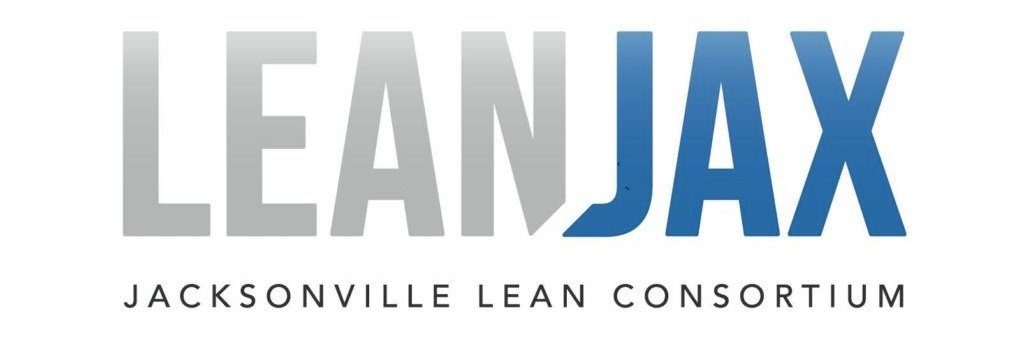Lean Principles: A Mechanism for Nonprofit Organizations' Growth and Sustainability
In an era where the demands on nonprofit organizations are ever-increasing, the need for operational efficiency and effective resource allocation has never been more critical. Enter Lean principles, a methodology that has surpassed its manufacturing origins to become a model of transformation across various sectors, including the nonprofit realm.
This article explores the profound impact Lean principles can have on nonprofit organizations, underlining specific examples and case studies that showcase successful implementation.
By embracing Lean, nonprofits can not only bolster their growth and sustainability but also enhance their capacity to fulfill their missions with unwavering dedication and impact.
Understanding Lean Principles in the Nonprofit Context
Lean principles, at their core, aim to maximize value for customers (or, in the case of nonprofits, for participants) by identifying and eliminating waste in processes. This waste can manifest in various forms, such as excessive paperwork, redundant processes, or misallocated resources, all of which detract from an organization's ability to deliver on its mission effectively.
Lean encourages a culture of continuous improvement, where processes are constantly evaluated and refined to enhance efficiency and effectiveness.
Case Studies and Examples of Lean in Action
Streamlining Operations for Greater Impact
One compelling example comes from a nonprofit organization called The St. Bernard Project (SBP) who are dedicated to providing emergency housing solutions. By adopting Lean principles with the help of Toyota's Production System Support Center (TSSC), the organization was able to significantly reduce the time it took to process applications for housing assistance.
This was achieved by identifying bottlenecks in their process and implementing streamlined workflows, which not only expedited assistance to those in need but also improved staff morale by reducing frustration and inefficiency.
Enhancing Resource Allocation Through Lean
Another example is a food bank in New York, Food Bank for New York City, that utilized Lean methodologies with the help of Toyota's Production System Support Center (TSSC) to overhaul its inventory management system. By employing Lean tools to track and analyze food distribution patterns, the food bank was able to optimize its inventory levels, reducing waste and ensuring that resources were directed where they were most needed.
This not only maximized the impact of donations but also ensured a more sustainable operation, capable of adapting to changes in demand.
The Benefits of Lean for Nonprofit Organizations
The implementation of Lean principles within nonprofit organizations offers a multitude of benefits, including:
Improved Operational Efficiency: By eliminating waste in processes, nonprofits can operate more efficiently, ensuring that resources are utilized effectively in pursuit of their mission.
Better Resource Allocation: Lean helps organizations ensure that their resources are allocated in a way that maximizes impact, whether it's through optimized use of funds, materials, or human resources.
Increased Adaptability: The continuous improvement aspect of Lean allows nonprofits to remain adaptable, swiftly responding to changes in the environment or in the needs of their participants.
Promotion of Innovation: Lean's emphasis on problem-solving and efficiency naturally encourages innovation, helping nonprofits find creative solutions to the challenges they face.
Practical Recommendations for Nonprofit Leaders
For nonprofit leaders eager to integrate Lean practices into their organizations, consider the following actionable insights:
Start with a Value Stream Mapping Exercise: Identify all the steps in your core processes and look for any that do not add value from the perspective of your participants by inviting key participants to the exercise. This will highlight areas ripe for improvement.
Engage Your Team in Continuous Improvement: Lean is most effective when it involves everyone. Encourage a culture where staff are empowered to identify inefficiencies and suggest improvements. Survey participants after events to discover areas of improvement.
Implement Small, Incremental Changes: Rather than overhauling processes overnight, focus on making small, incremental changes. This approach reduces resistance and allows for adjustments based on real-world feedback.
Measure and Adjust: Establish clear metrics to measure the impact of Lean initiatives and be prepared to adjust your approach based on what these metrics reveal.
Lean principles offer a strong framework for nonprofit organizations to enhance their operational efficiency, improve resource allocation, and maximize their impact. By incorporating Lean, nonprofits can not only better serve their participants but also ensure their long-term growth and sustainability in the ever-changing nonprofit world.
Through continuous improvement and a commitment to efficiency, the nonprofit sector can achieve remarkable results, making a profound difference in the lives of those they aim to serve.

